Milky Way Heart Stuns In Gorgeous JWST New Photo
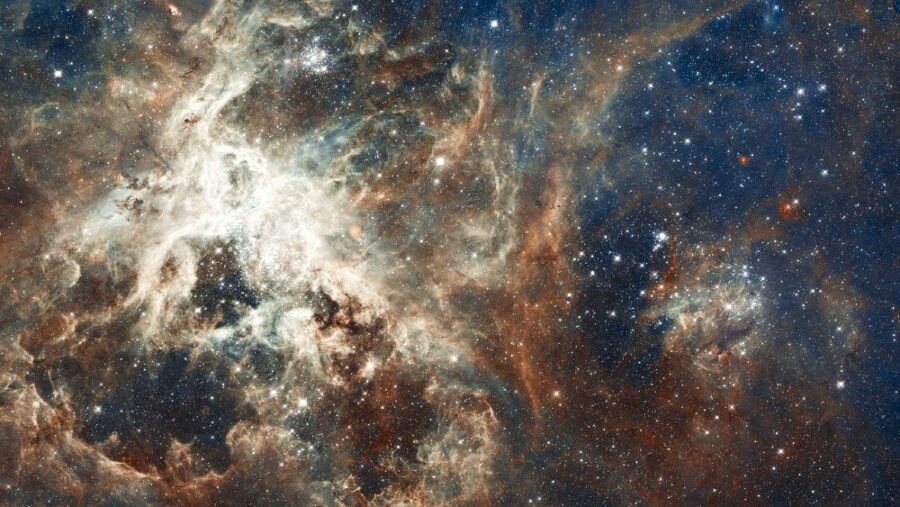
If you’ve ever wondered what lies at the heart of the Milky Way, wonder no further. Science Alert reports that the James Webb Space Telescope has made good use of its infrared capabilities to snap a pic of our galaxy’s center.
The JWST is able to look through the dust and gas choking the center of the Milky Way to finally give scientists a peek at what’s really going on there.
Sagittarius C In The Milky Way
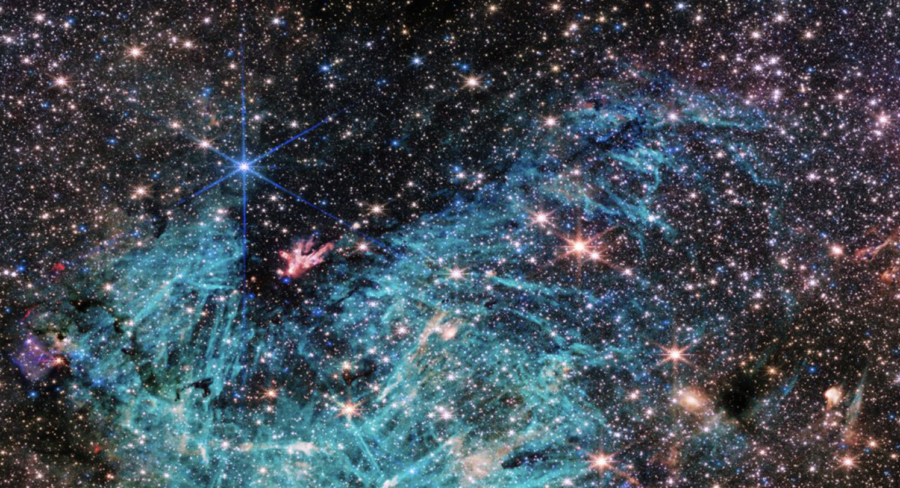
One of the Milky Way’s biggest secrets has always been a region called Sagittarius C, located just 300 light years from the supermassive black hole located in the middle of the solar system.
Sagittarius C is the Milky Way’s maternity ward, with over 500,000 baby stars currently in different stages of being born.
Prior Mysteries
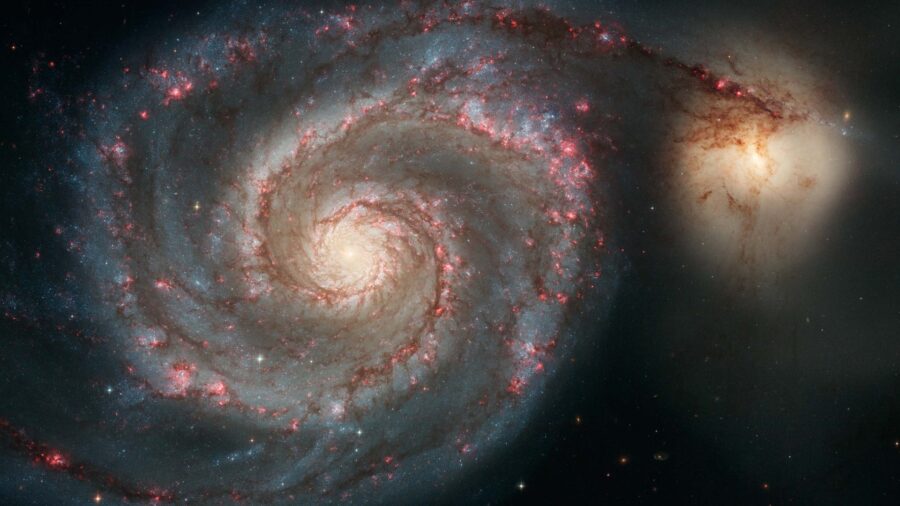
Prior to the new image from the JWST, astronomers were never able to explain how so many new stars could be forming in an environment where they’re constantly being bombarded by radiation from all of the densely packed stars surrounding them.
“There’s never been any infrared data on this region with the level of resolution and sensitivity we get with Webb, so we are seeing lots of features here for the first time,” said Samuel Crowe, an undergraduate student from the University of Virginia in Charlottesville.
JWST Can Observe The Heart Of The Milky Way
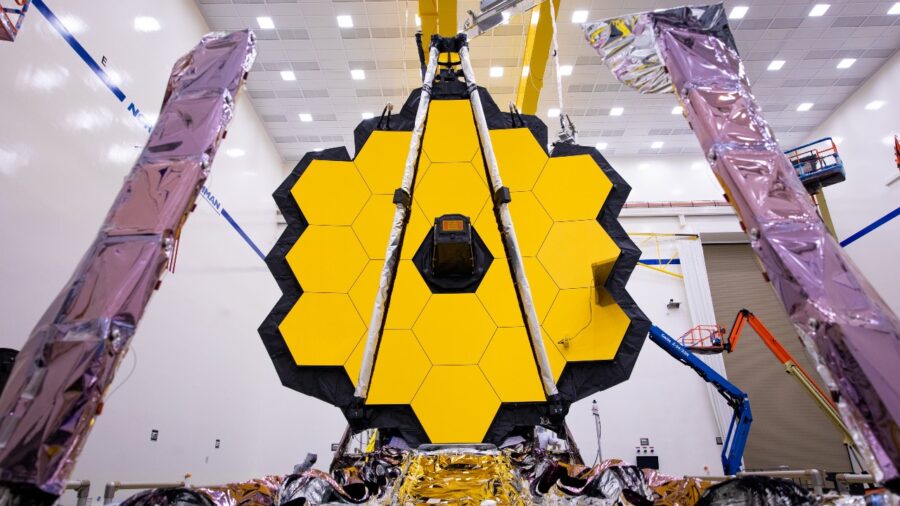
Crowe, the principal investigator of the new image, praised the JWST for revealing “an incredible amount of detail,” which will allow researchers to study the Sagittarius C region “in a way that wasn’t possible previously.”
With the heart of the Milky Way close enough for the JWST to capture individual stars, astronomers now have a wealth of formerly unavailable information.
This information will give scientists an unprecedented opportunity to study how stars are able to form in the center of the Milky Way vs other parts of the galaxy.
Star Formation
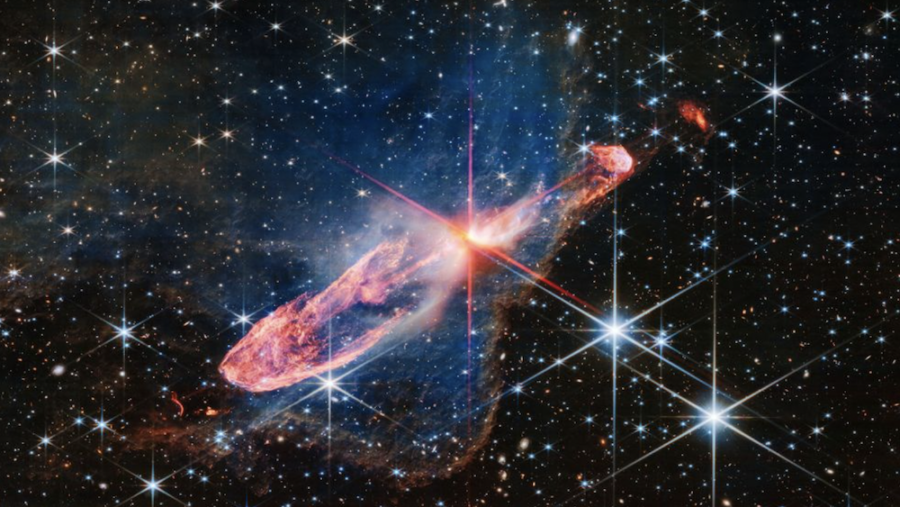
For instance, astronomers can now determine if stars that form in the heart of the Milky Way are bigger than the ones that developed at the edges of the galaxy’s spiral arms.
One image from the JWST revealed an enormous protostar in the center of the cluster of baby stars that is already over 30 times the size of our sun.
Astronomers theorize that the cloud the protostars are emerging from is too dense to allow light to pass through it. This has the unwanted side effect of making the area appear more spaced out in the JWST’s image than it actually is.
Looking Closer
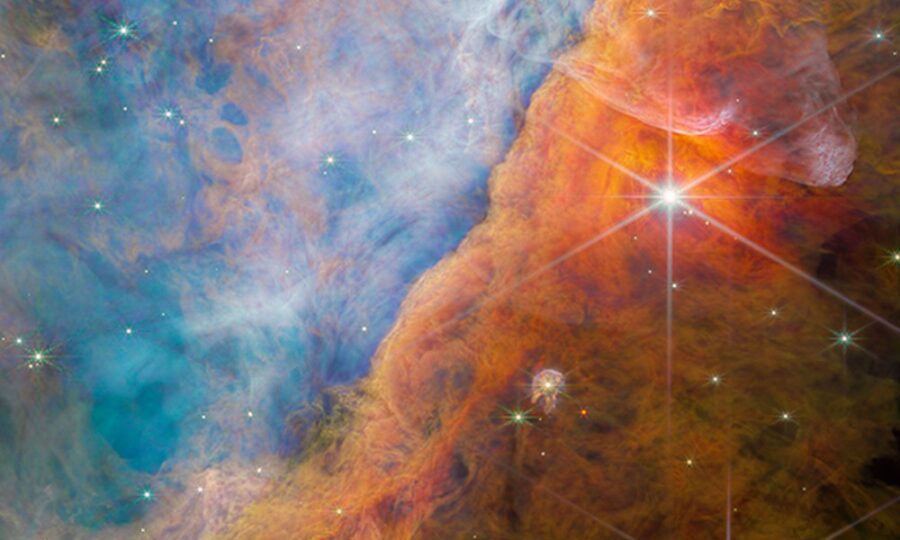
Scientists say what looks like holes in the image of the starfield are actually small infrared-dark clouds where new stars are forming.
Crowe also plans to take a closer look at the needle-like structures visible at the center of the Milky Way. T
hese mysterious structures appear to be pointing in several random directions for no reason that Crowe or his fellow astronomers can currently figure out.
Origin Of The Universe?
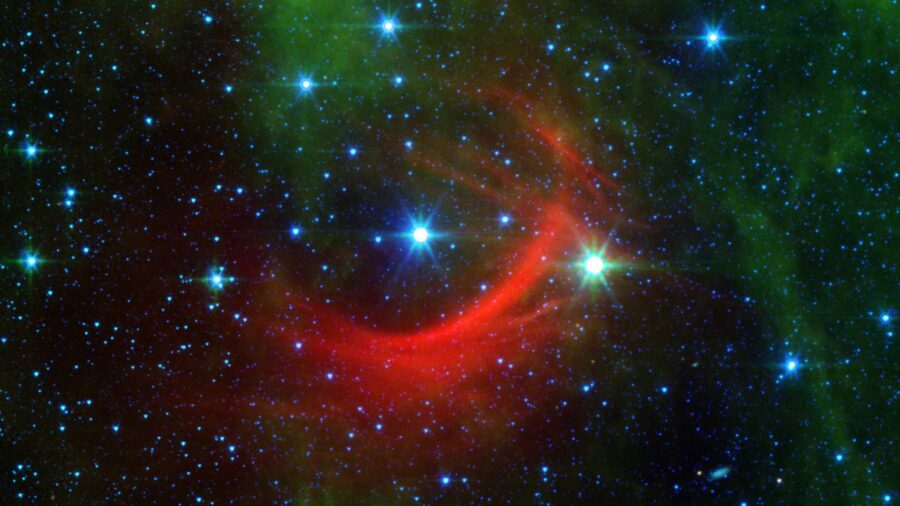
“The image from Webb is stunning, and the science we will get from it is even better,” Crowe said.
Crowe went on to say that stars are like manufacturing plants creating “heavy elements” in their “nuclear cores,” and that if astronomers can figure them out, it will be easier to figure out the origin of not only the Milky Way but the whole universe.












